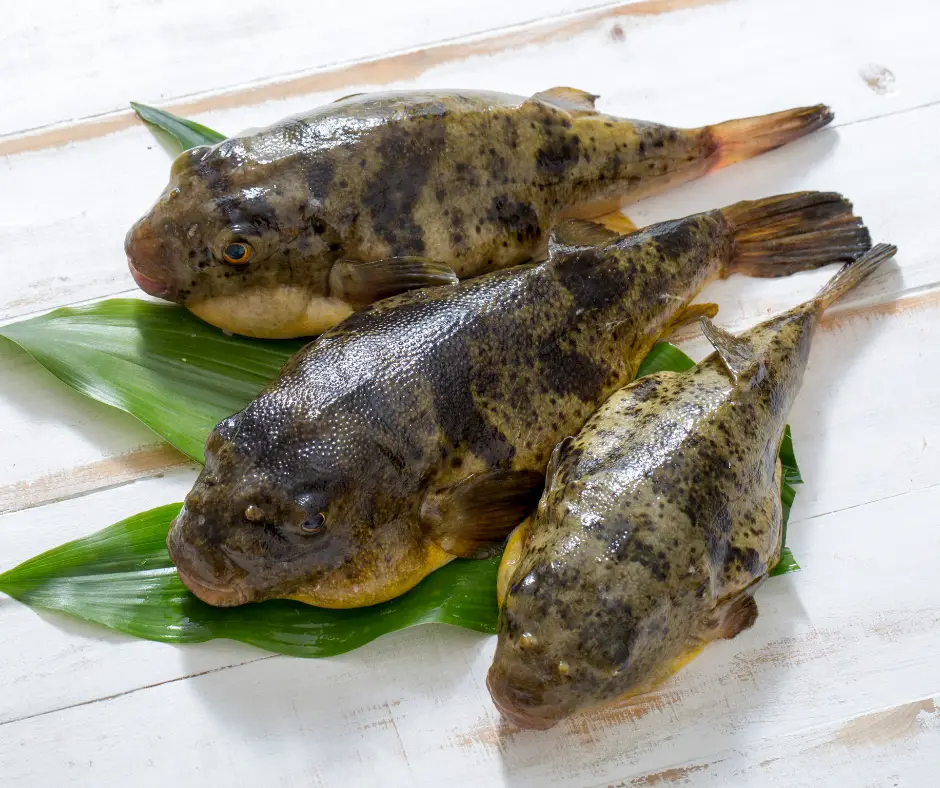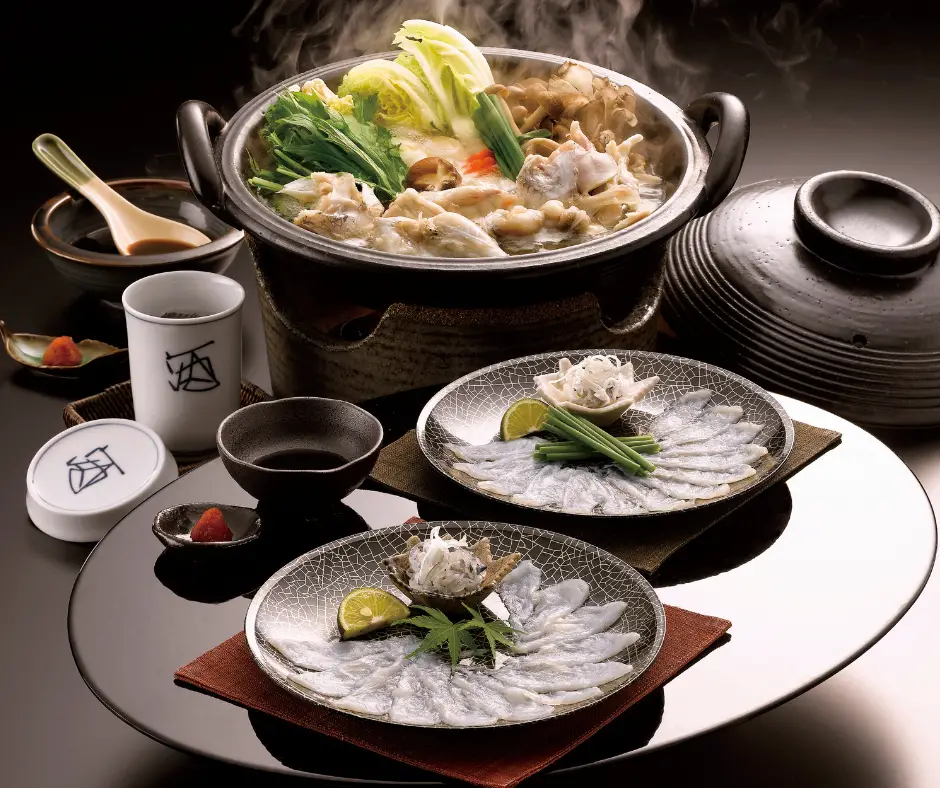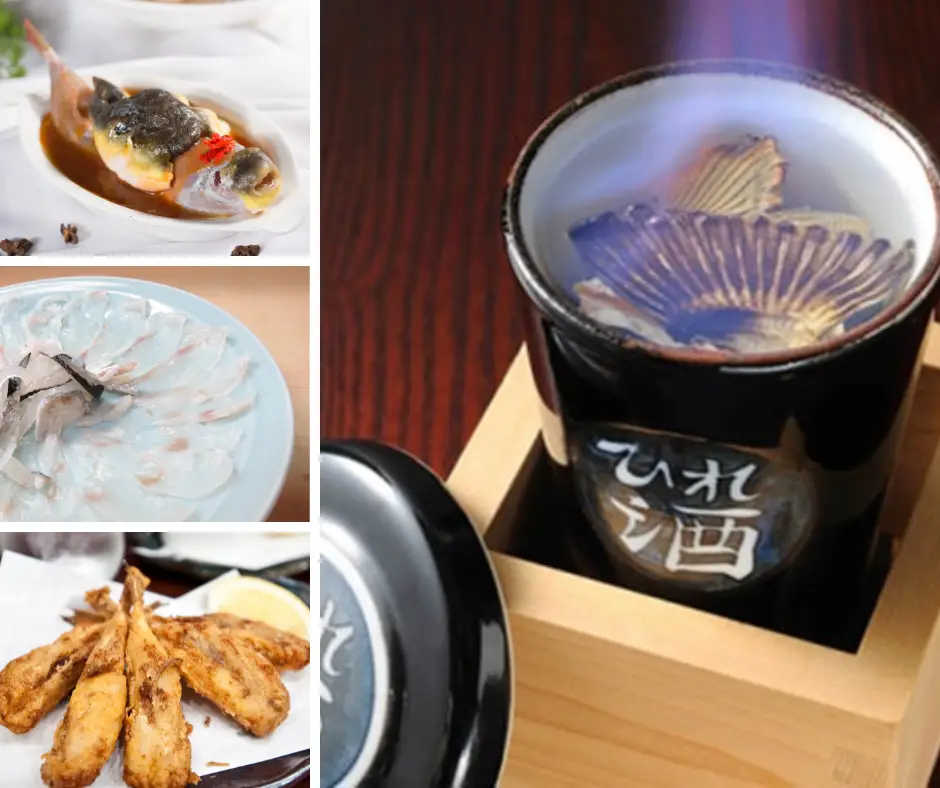Are you wondering if you can eat northern puffer fish? I’m sure you have read that puffers, including the northern pufferfish, are toxic as they have the tetrodotoxin poison in their skin and organs.
If so, why would you want to eat a fish that deadly when you can simply have other fish species for dinner? The answer isn’t far-fetched – puffer fish (fugu) is a delicious meat that anyone can hardly resist.
They are considered the chicken of the sea as their meat tastes just like chicken.
Every year, according to a report by Business Insider, over 10,000 tons of pufferfish (fugu) are eaten in Japan and some other Asian countries.
And over 20 people are reported death after eating pufferfish (fugu) since 2000 (source).
Interestingly, the northern pufferfish isn’t as toxic/deadly as its other puffer species.
Which means that you can safely eat northern pufferfish, but only when it is well prepared.
In that case, how do you prepare northern pufferfish? Is it something you can do yourself? Where can you eat northern pufferfish with peace of mind? If these are your concerns then this article is for you.
Let’s get to answering your questions. “Can you eat northern puffer fish?”
Contents
Can You Eat Northern Puffer Fish?
Yes, you can eat northern pufferfish. The Northern Pufferfish, like all other pufferfish species, have some poisonous toxins in their skin and organs, but at a low level.
They are not as dangerous/deadly as their tropical counterparts and have been consumed by people for many years. Nonetheless, before you eat it, thoroughly clean it of all skin and viscera.
The Northern pufferfish can be fried, grilled, and breaded like Buffalo wings.

How to Clean Northern Puffer Fish
While fugu preparation should be left to the professionals and you should not attempt it at home, it’s nevertheless intriguing to know what processes the chefs must take to ensure the fugu is safe to eat.
The Northern puffer, like all puffer types, is equally dangerous. However, at a lower level. The most deadly parts in pufferfish (Northern pufferfish) are the skin, eyeballs, intestines, ovaries, kidneys, and, most importantly, the liver.
As a result, the key to proper preparation is to avoid puncturing or bursting any organs or intestines within the abdominal cavity.
This also applies to practically any fish you intend to eat.
- That said, an easy method to clean the Northern pufferfish is to carefully cut it right behind the head.
- Using your hand or fork, pull the fleshy part of the fish off the skin and be careful not to burst the organs around the head where the poisonous organs are – (there are several videos you can watch on youtube to see how this is done).
- Once you’ve successfully pulled the fish off the skin, cut off the fins and wash well with clean water.
- Prepare a batter (follow the normal way you prepare your favorite batter) and deep the fish in the paster before frying. This will give it a crusty feeling.
Note: It is important to stress that this article is not an ultimate guide to preparing the Northern pufferfish as we are not experienced enough to guide you.
The steps here are just to give you an insight into what processes the fish will pass through before it’s safe for eating.
We also advise that you do not do it yourself at home. Ask a fisherman to prepare it for you or go to a licensed restaurant to eat it. As earlier stated, if it’s not properly prepared, it can lead to death.
Sakai Takayuki 45 Layer Damascus Wa Sujihiki 240mm (9.4″)
- Light, well-balanced and incredibly sharp
- 45 Layer VG10 Damascus Steel
- Hand hammered and finished blade
- Magnolia handle
Last update on 2022-12-29 / Affiliate links / Images from Amazon Product Advertising API
What Does Northern Puffer Taste Like?
From many people that have tasted the northern pufferfish, it is believed that the firm, tender, white meat along its stiff backbone tastes so much like chicken. This is why the fish is nicknamed “sea squab”.
Where Can You Eat Northern Puffer Fish?
When it comes to eating pufferfish, safety is paramount. This is why you are to eat only from licensed restaurants/chefs and you are not advised to prepare it yourself at home.
Undoubtedly, pufferfish is a delicious delicacy. However, it is also deadly when not properly prepared.
Therefore, this part of the article will cover a few approved restaurants where you can eat pufferfish, particularly northern pufferfish without fear of poisoning.
- Yamadaya: Yamadaya is a restaurant in Tokyo known for serving poison-free fugu. They have been in the industry of serving puffer fish for over 100 years.
Their fugu is wild caught in southern Japan and transported by plane to Tokyo where the restaurant is located.
Fugu in Yamadaya is aged for 24 hours before it’s served (that is, after cleaning, it is kept for 24 hours before it’s served).
- Another place you can get poison-free Northern pufferfish is in Haedomari market. The haedomari market is the largest fugu market in Japan. They sell fugu using a bag-action method.
The fugu is usually hidden in a bag, then it’ll be auctioned off using hidden hand signals. Before it is sold off, each potential buyer will put their hand in the bag and makes their bid secretly. The highest bidder gets to buy the fugu.
Other places you can eat northern pufferfish with peace of mind are:
In each of these restaurants, you can ask them to clean up the pufferfish for you to cook at home. But never try cleaning it yourself if you’re not trained on it.
Warning
Commercial and personal importation of puffer fish into the United States is strictly prohibited due to the potential health risk of puffers.
Nonetheless, Wako International, a New York importer, is the only approved or acceptable supplier of imported puffer fish.

What Other Puffer Fish Are Edible?
Out of over 120 different species of puffer fish known in the world, only 22 species are approved for eating and use in restaurants by the Japanese government, this includes northern pufferfish.
This means that these approved 22 species are less toxic and are less likely to cause death if prepared properly, although they are not completely toxic-free.
The most common and popular of these species is the “torafugu”. Torafugu, also called tiger pufferfish, is more poisonous than the other puffer species and it’s the most expensive in Japanese restaurants.
Torafugu is served in restaurants as perfectly, thinly sliced sashimi. They can be deep-fried as well and even used in making a hot sake called hirezake.
Other approved pufferfish species used in different kinds of cooking include Ishigakifugu, Harisenbon, Nezumifugu, HitQzura-Harisenbon, Akamefugu, Sansaifugu, Kusafugu, Mefugu, Higanfugu, Komonfugu, Karasu, Gomafugu, Mafugu, Shosaifugu, Shimafugu, Kurosabafugu, Kanafugu, Sabafugu, Shirosabafugu, Yoritofugu, Hakofugu, Nashifugu.

Wrapping Up
Due to its high toxicity, pufferfish (fugu) is illegal in various states, including the United States, and should only be served by licensed chefs.
For many years, the Northern puffer fish has been eaten by humans because of their delicious taste. As a result, to protect the population of wild Northern puffers, fishing restrictions have been put under G.S. 113-174.2.
Therefore, anybody who engages in recreational fishing in North Carolina coastal waters must have a Coastal Recreational Fishing License.
Furthermore, it is not recommended that you attempt to prepare pufferfish (fugu) on your own. If you must eat it, eat only the approved species such as the “torafugu”, as it contains the least amount of toxicity in its blood.
You can also eat fugu from specialized aqua farms that guarantee poison-free fugu, as well as licensed restaurants with certified chefs.

